-Bridging Qigong, Traditional Chinese Medicine and Modern Science-
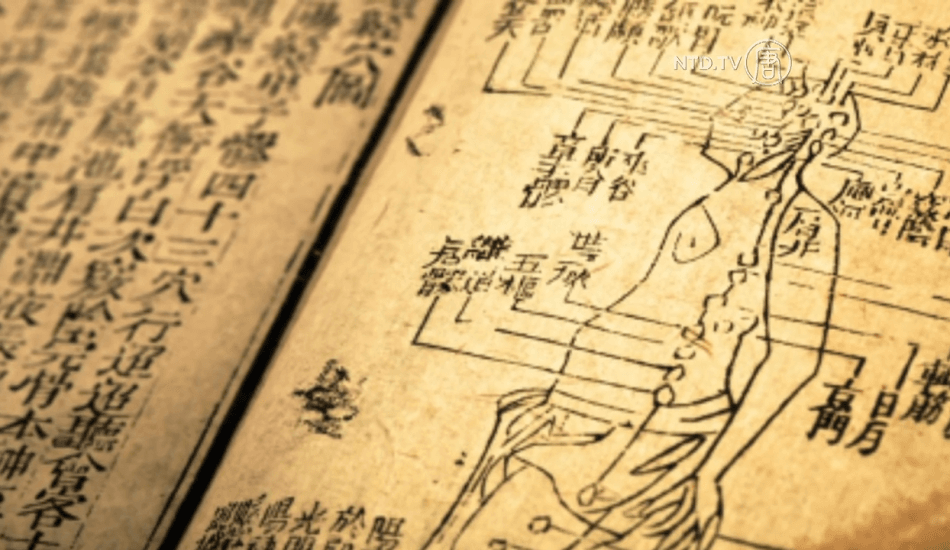
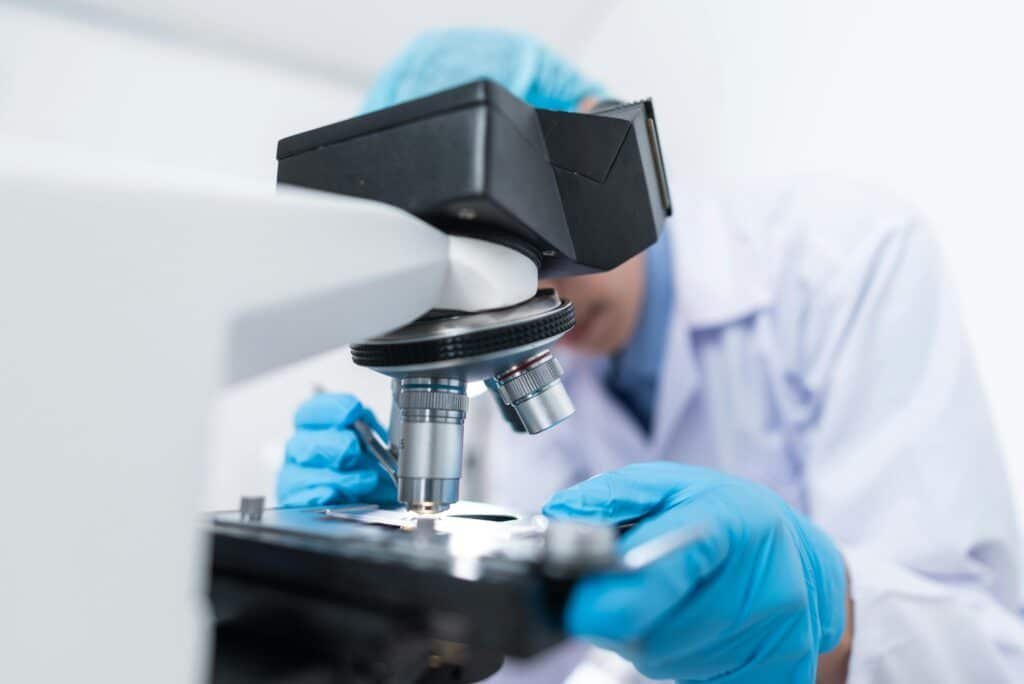
The concept of Qi, central to Traditional Chinese Medicine (TCM) and practices like Qigong, has long been a subject of fascination and skepticism in the Western scientific community. However, the emerging field of bioelectricity offers a compelling framework for understanding Qi from a scientific perspective, potentially bridging the gap between these two worldviews
In the ancient practice of Qigong, the concept of Qi (or Chi) is central to understanding health, vitality, and healing. While rooted in traditional Chinese medicine, modern practitioners and researchers are now drawing intriguing parallels between Qi and the scientific concept of bioelectricity. This correlation offers a bridge between Eastern wisdom and Western scientific understanding.
As a former Professional electrical engineer, I love the concept of bioelectricity as it allows me to draw parallels with Qi in my Qigong practice, and a more scientific viewpoint.
The Concept of Qi
Qi is often described as the vital life force or energy that flows through all living things. In Qigong practice, practitioners aim to cultivate, balance, and direct this energy for improved health and well-being. While Qi remains a metaphysical concept in traditional Chinese medicine, its effects on the body have been observed and documented for thousands of years.
Bioelectricity: A Modern Perspective
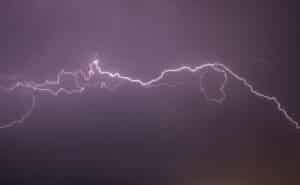
Bioelectricity refers to the electrical phenomena associated with living organisms and nature. Our bodies generate and use electrical signals for numerous functions, from nerve impulses to muscle contractions. This bioelectric activity is essential for maintaining cellular health, tissue repair, and overall bodily functions. Electrical phenomena in living organisms include ion movements, voltage gradients, and electromagnetic fields. Every time the heart contracts due to electrical stimulation of the autonomic nervous system, it generates a measurable electromagnetic field that can be measured some distance from the body. Crucial for cellular communication, tissue repair, and physiological processes all involve the flow of electrons in our body.
The energy for us to live and move is generated in the mitochondria in every cell in the body. This occurs through a process called electron transfer which generates the currency of energy called ATP(Adenosine triphosphate). This simply means that it is by the mechanism of electricity or Bioelectricity.
It seems that in today’s modern world, everything health-related must have scientific validation to be accepted. Several thousand years of anecdotal evidence in TCM and Qigong for improving health and bestowing well-being and longevity is not considered scientific. These practices originated over five thousand years ago in ancient China and are still practiced today, so there is something to it.
Understanding Qi and Bioelectricity
Qi in TCM is a vital life force or energy that flows through living beings. It influences health, vitality, and overall well-being. And can be manipulated through practices like acupuncture, Qigong, and herbal medicine
Bioelectricity in Modern Science exists as an electrical phenomenon in living organisms and is responsible for ion movements, voltage gradients, and electromagnetic fields. Al crucial for cellular communication, tissue repair, and physiological processes
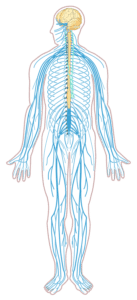
Key Parallels:
1. Energy Flow and Distribution:
– TCM: Qi flows through meridians, energetic pathways in the body
– Bioelectricity: Electrical signals propagate through the nervous system and other conductive tissues
2. Health and Balance:
– TCM: Balanced Qi flow promotes health; imbalances lead to illness
– Bioelectricity: Proper bioelectric signaling is essential for cellular health and organ function
3. Healing and Regeneration:
– TCM: Qi manipulation can promote healing
– Bioelectricity: Bioelectric fields influence tissue regeneration and wound healing
4. Sensitive Points on the Body:
– TCM: Acupoints are locations where Qi can be accessed and manipulated
– Bioelectricity: Certain body areas show higher electrical conductivity, correlating with some acupoints
The parallels between Qi and bioelectricity extend to their roles in health and healing:
- Cellular Communication: Bioelectric signals play a crucial role in cellular communication. Similarly, balanced Qi flow is believed to promote harmony and proper function throughout the body.
- Tissue Repair: Both bioelectricity and Qi are associated with accelerated healing. Researchers have found that manipulating bioelectric fields can influence tissue regeneration, echoing traditional beliefs about Qi’s role in healing.
- Pain Management: Qigong practices aimed at moving Qi are often used for pain relief. This aligns with modern pain management techniques that use electrical stimulation to modulate pain signals.
- Overall Vitality: Strong, balanced Qi is associated with overall health and vitality in traditional Chinese medicine. Similarly, optimal bioelectric activity is indicative of good cellular and systemic health.
It’s important to note that while these correlations are intriguing, they don’t provide definitive scientific proof of Qi’s existence as traditionally conceived. However, they offer a valuable framework for understanding and potentially validating the effects of Qigong practices on health and well-being.
As we continue to bridge ancient wisdom with modern science, practices like Qigong remind us of the profound connections between energy, consciousness, and physical health – connections that are only beginning to be understood by contemporary research.
The Lower Dantian as a Battery
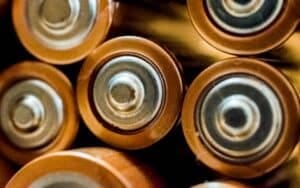
In Qigong and TCM the Lower Dantian is of great importance and focus. The lower Dantian, also known as the “lower elixir field” is located in the lower abdomen, approximately three to four finger-widths below the navel and about two inches inside the body, it is considered the primary energy center of the human body. In Qigong and TCM, the lower Dantian is believed to be the main storage area for qi (vital energy) and is often described as the body’s energetic core or foundation. Practitioners focus on this area during meditation, breathing exercises, and various Qigong practices to cultivate, store, and circulate qi throughout the body. The lower Dantian is thought to play a vital role in maintaining overall health, balance, and vitality, and is often likened to a battery or reservoir of life force energy.
Dr. Yang, Jwing-Ming, a renowned martial arts master and Qigong expert, often uses the analogy of a battery when describing the lower Dantian. Located in the lower abdomen, the Dantian is considered a primary energy center in Qigong and Traditional Chinese Medicine. In a number of his books, he draws parallels between the Qi and the meridian system in TCM with Bioelectric flow and pathways respectively.
Here’s how the battery analogy aligns with both Qigong theory and bioelectric concepts:
- Energy Storage: Just as a battery stores electrical energy, the lower Dantian is believed to store Qi. In bioelectric terms, this area contains a high concentration of cells and tissues capable of generating and storing bioelectrical energy.
- Energy Distribution: A battery provides power to various devices. Similarly, the lower Dantian is thought to distribute Qi throughout the body via meridians. This mirrors how bioelectric signals propagate through the body’s nervous system and other conductive tissues.
- Recharging: Batteries need recharging, and so does the Dantian. Qigong practices aim to replenish and strengthen the Qi in the Dantian. From a bioelectric perspective, these practices may enhance cellular energy production and improve the body’s overall electrical balance.
- Capacity and Health: A battery’s capacity can deteriorate over time. Likewise, the strength of one’s Qi and the lower Dantian’s vitality are believed to decrease with age or poor health. This correlates with observed decreases in cellular bioelectric activity in aging or diseased tissues.
Conclusion
While the concept of Qi and the lower Dantian as a battery may seem esoteric, viewing them through the lens of bioelectricity offers a fascinating perspective on the potential mechanisms behind Qigong’s observed benefits. As research in bioelectricity advances, we may gain even deeper insights into the scientific basis of these ancient practices.
It’s important to note that while these correlations are intriguing, they don’t provide definitive scientific proof of Qi’s existence as traditionally conceived. However, they do offer a valuable framework for understanding and potentially validating the effects of Qigong practices on health and well-being.
As we continue to bridge ancient wisdom with modern science, practices like Qigong remind us of the profound connections between energy, consciousness, and physical health – connections that are only beginning to be understood by contemporary research.
The correlation between Qi and bioelectricity offers a promising avenue for understanding and validating Traditional Chinese Medicine concepts within a scientific framework. This bridge not only enhances our understanding of ancient healing practices but also opens new possibilities for integrative medicine approaches. As research in this field progresses, we may see a more comprehensive and unified view of energy in health and healing, combining the wisdom of traditional practices with the precision of modern science. The statement, “Show me the science” may be closer than we think!
Yours in Qigong
Sifu Peter